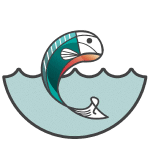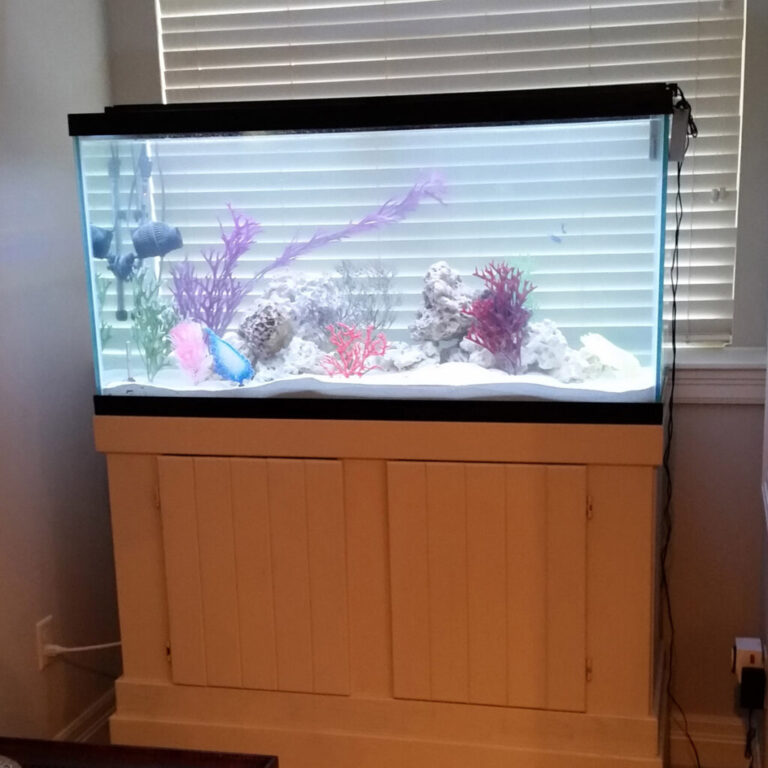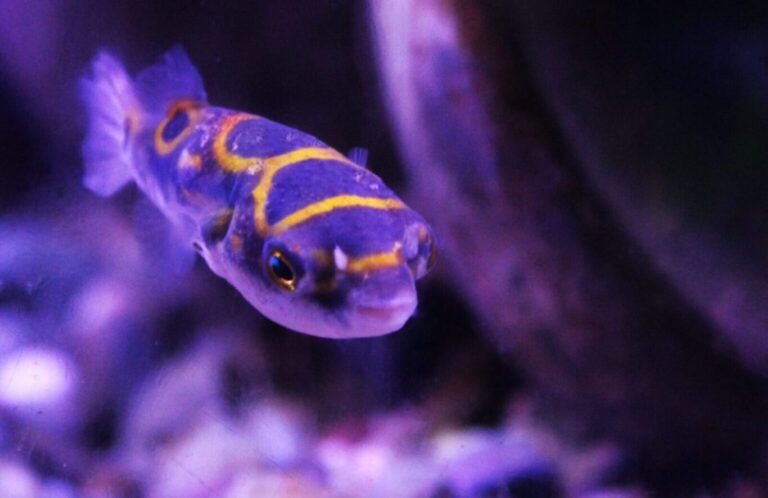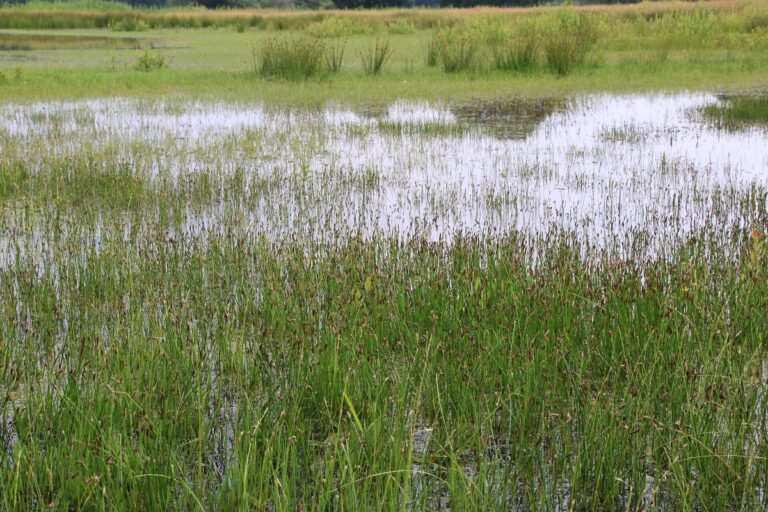The 3 things to know about filters
Every aquarium needs 3 types of filtration to function: Mechanical, Chemical, and biological.
Mechanical Filtration- mechanical filtration separates out free-floating particles from the water column.
Chemical Filtration- is a filter that forces water through a chemical compound to bind, break, or oxidize impurities and organic compounds
Biological Filtration- a filter that is designed to channel water through high-surface media, where bacteria thrive and readily break down nitrogenous wastes.
Every aquarium needs these 3 types of filtration. To be assured that your bases are covered, check our list for your filter:
COMMON FILTER TYPES
Ozone- Chemical filtration. Ozonated air is dissolved into the water, oxidizing organic waste and ammonia. Does not need replaced, but usually paired with a carbon filter that needs regular service.
Bead Filter (Pond-only)- Biological and mechanical filtration. Contained in a large pool canister, the beads (or sometimes rings) contain divots that hold bacteria and detritus. When backwashed, the detritus is flushed but the bacteria colonies in the divots are protected. Never change beads.
Ceramic Rings- Biological filtration. Ceramic rings are designed for use in canister filters. Rings with large pores are for culturing aerobic bacteria. Rings with small pores are for culturing anaerobic (as well as aerobic) bacteria. Never change.
Ammo-Chips- Chemical filtration. Also known as Zeolite, this product absorbs ammonia. In low-flow conditions, it can also be used as a biological media for denitrifying bacteria. To renew ammonia absorbtion, change monthly.
Protein Skimmer (Saltwater only)- Mechanical filtration. fractionated air bubbles use surface tension to cling proteins and oils together, trapping them in a foam that can be automatically harvested from the water. Skimmate must be dumped out once every one or two weeks.
Activated Carbon- Chemical filtration. Carbon is made of superheated lignite coal. It is chemically active and is capable of soaking up heavy metals, chlorine, and organic pigments, as well as medications. The effective lifespan of carbon is arguably 3 to 7 days, tho it is replaced monthly.
Reverse Osmosis (tapwater only)- Mechanical filtration. Only used to filter purified tap water. strains 95-99% pure water from the tap. Typically needs replaced every two years, although pre-filters will need replaced much more frequently.
Filter Pad- Mechanical filtration. replace every 1 to 4 weeks.
Sock Filter- Mechanical filtration. typically two sizes: filters particles from 200 microns down to 100 microns.
Nitra-Sorb- Chemical filtration. A cut-to-size filter pad that is coated with a nitrate-absorbing compound. Typically needs replaced every 2 to 4 weeks.
Undergravel Filter (Aquarium only)- Biological and Mechanical filtration. Adept at both Bio and mechanical, an undergravel filter draws water through the gravel bed and then up thru its lift tubes, allowing particles to settle and bacteria to consume nitrogenous wastes.
UV Sterilizer- Chemical filtration. Ultraviolet light weakens or kills algae, parasites, and free-floating bacteria. The effectiveness of the filter depends on the flow rate. Most UV lights need replaced every 6 months.
Granular Ferric Oxide- Chemical filtration. Absorbs Phosphates. Will also absorb silicates until phosphates become available. Typically needs replaced ever 3 to 8 weeks.
Sponge Filter- Biological & Mechanical filtration. Like an undergravel filter, it uses a lift tube to draw water thru a bacteria bed, only the bacteria thrives in a sponge instead of the gravel. Never needs replaced.
Wet/Dry Filter (Aquarium only)- Biological Filtration. A box filled with bio-balls and air. Water trickles over the bio balls and catches in the bottom of the sump. Exclusively for breaking down nitrite with nitrosamonas bacteria. Never needs replaced. Bio-Wheels are a compact wet/dry filter.
Pond Skimmer (Pond only)- Mechanical Filtration. A box that pulls floating materials and leaves from the top of the water, but traps the material in a net, basket, or pad so that it does not get sucked into the pump. Requires regular cleaning.
Refugium- Biological Filtration. A box that contains a combination of sand, mud, rock, algaes, and plants- designed to remove phosphates and nitrogenous wastes before they re-enter the main aquarium.
Live Rock (Saltwater only)- Biological Filtration. As long as live rock has adequate water flow over it, this filter is highly effective at removing nitrates. Healthy rock has an encrustment of pink and purple coralline algae, sponges, and macro-algaes greatly reduce ammonia and nitrite in an aquarium. For saltwater aquariums, Black Pearl Aquatics recommends AT LEAST 1lb per gallon of healthy live rock OR 3 inches of live sand in the bottom of the aquarium.
Vortex Filter (Pond only)- Mechanical Filtration. A cauldron that uses a centripetal whirlpool action to separate the heavier waste particles from the water.
Deep Sand Bed- Biological Filtration. A bed of sand or very fine gravel measuring AT LEAST 3 to 3.5 inches deep. Removes Ammonia, Nitrites, Nitrates, and if the pH is maintained at 8.3, a DSB will also remove Phosphates. Highly effective with proper water flow. For reef aquariums, Black Pearl Aquatics highly recommends starting your set-up with a 3.5” (size #0, #1, or special grade sand) DSB to help control pH, phosphates, and nitrates.
Barley Straw products- Chemical Filtration. Barley straw releases Hydrogen Peroxide (H2O2) as it decomposes. When dosed correctly, this hydrogen peroxide will kill free-floating algae that contributes to “pea soup” green water.
Bog garden or aquaponics garden (Pond only)- Biological and Mechanical Filtration. Plant roots trap debris as water passes over them. Detritivores and bacteria break down the debris into compounds suitable for plants to use as fertilizers.







One Comment
Comments are closed.